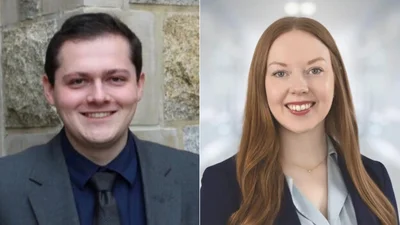The U.S. Environmental Protection Agency (EPA) and other wildlife and environmental organizations announced 18 grants totaling $2.8 million to improve the health and ecosystem of Long Island Sound in New York.
"EPA and its partners enthusiastically support New Yorkers' active engagement and stewardship in protecting the Long Island Sound," Lisa F. Garcia, EPA Region 2 Regional Administrator, said in a statement announcing the grants on the agency's website.
"Focusing on climate change and climate justice are key priorities, and these projects help provide real long-term results, including improving water quality, preventing pollution, protecting and restoring habitat, wildlife, and wetlands, as well as educating the public," Garcia said in the statement.
The EPA, the National Fish and Wildlife Foundation (NFWF), the U.S. Fish and Wildlife Service (FWS), the New York State Department of Environmental Conservation (DEC) matched the grants they will receive, resulting in $5.2 million in total funding for conservation projects in New York, the EPA reports. Elected officials were present at the announcement.
The grants are part of 39 grants being awarded, totaling $5.4 million, to state and local governments, nonprofit organizations, and community groups in three of the Long Island Sound Watershed States, New York, Connecticut, and Vermont. The grants are being matched by $4.8 million from the grantees themselves, resulting in a combined total of $10.2 million in funding for conservation projects around the Long Island Sound watershed, according to the EPA.
Clean Water Act became law in 1972, providing investments in water-pollution-control programs. The CWA has led to measurable improvements in the water quality of Long Island Sound. Tidal wetlands were protected, wastewater treatment plants improved, and industrial discharges controlled. Sources of pollution were controlled through permit programs. But a cooperative effort across state and federal agencies and organizations, focusing on the overall ecosystem, was needed to fully restore the health of the waterway.
In all, the Long Island Sound Futures Fund (LISFF) 2021 grants will reach more than 290,000 residents through environmental education programs and conservation projects.








